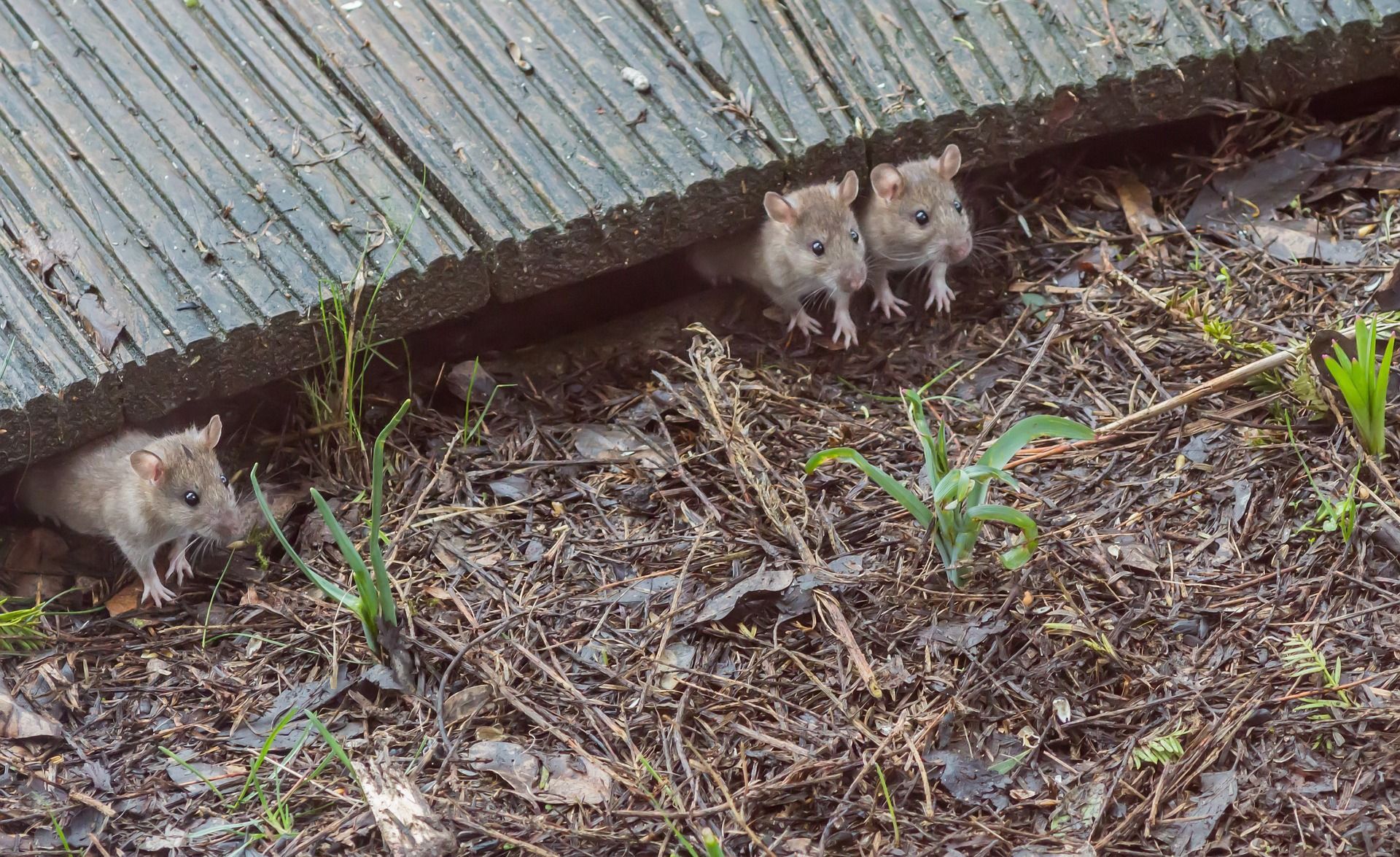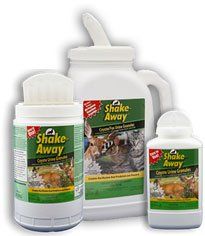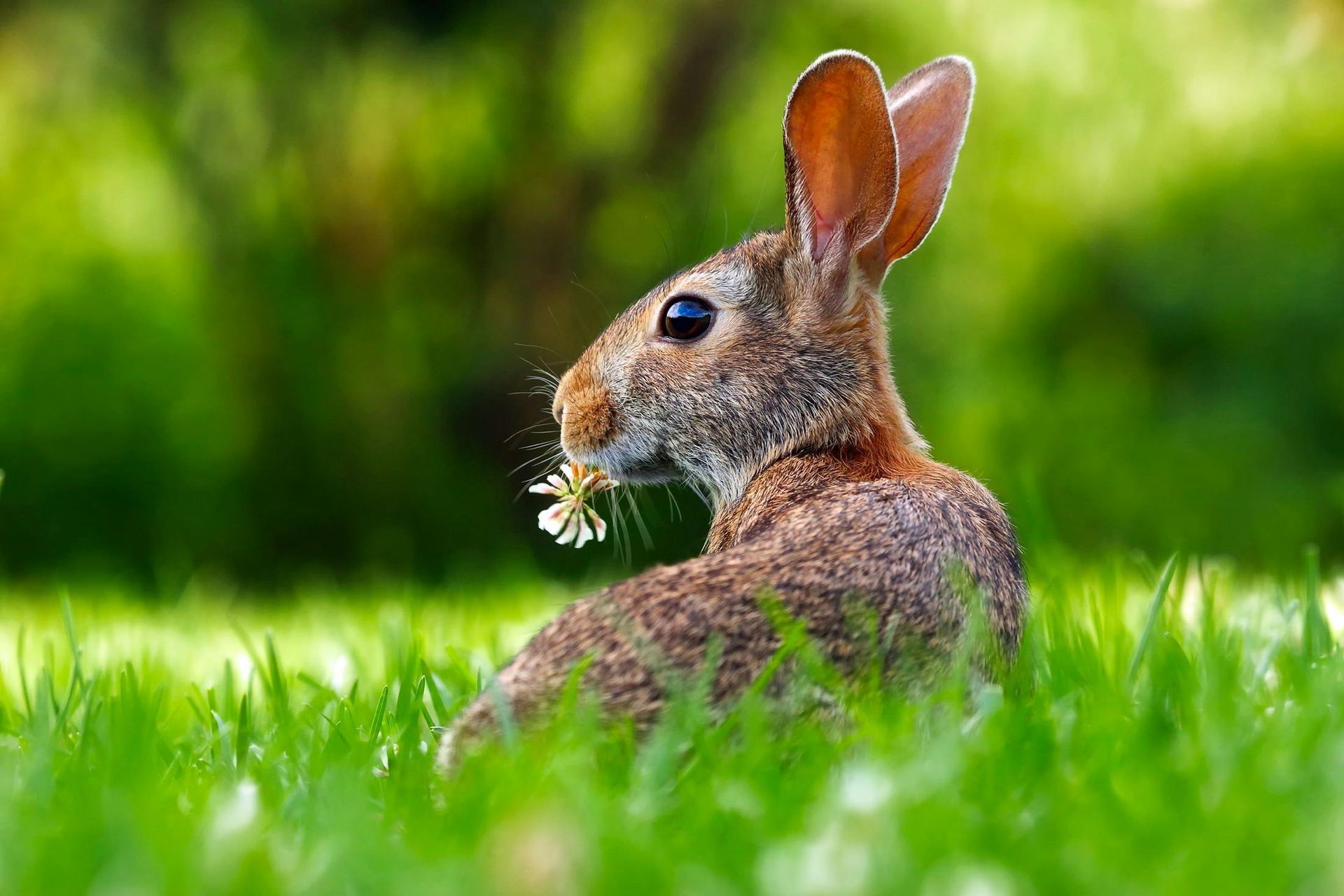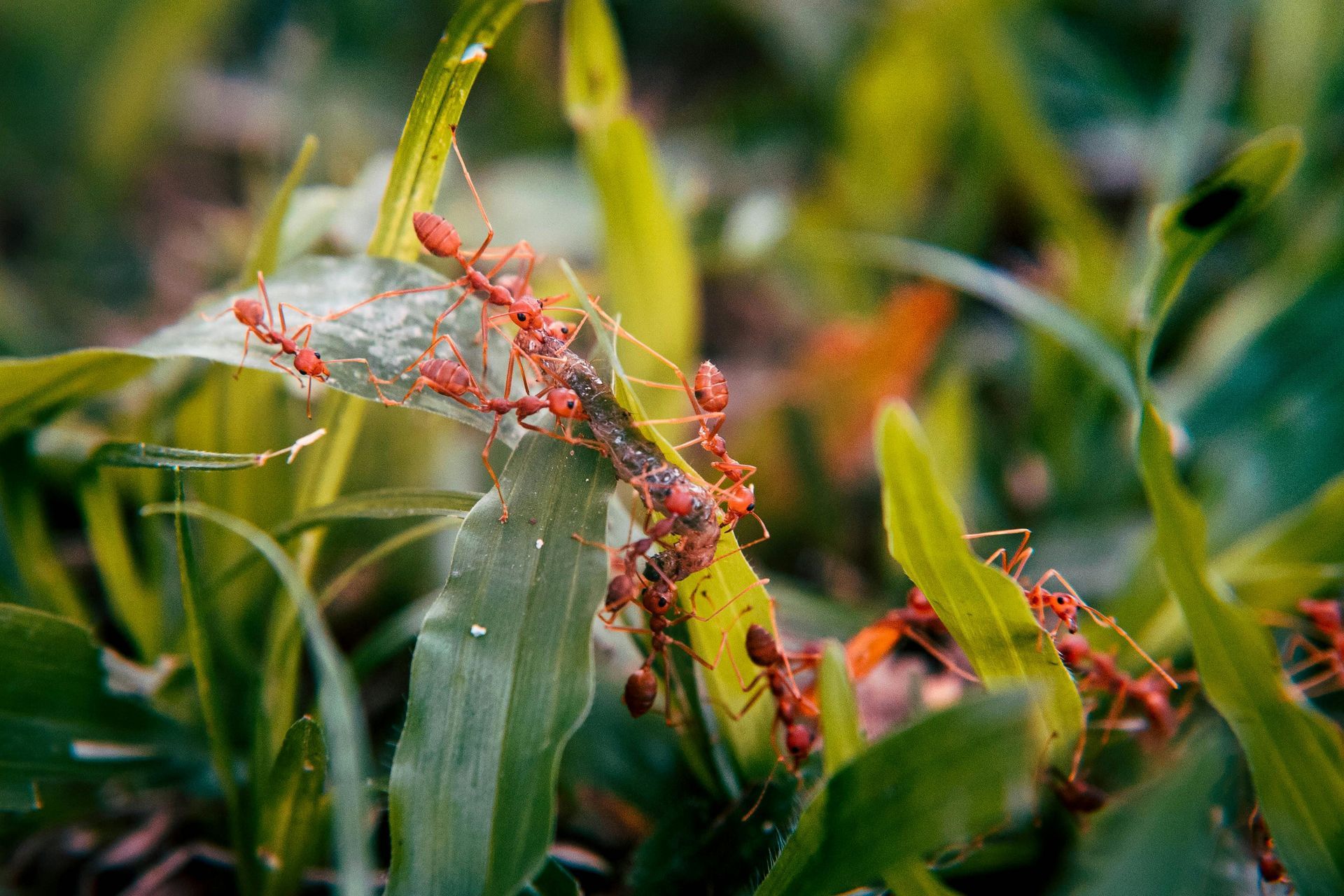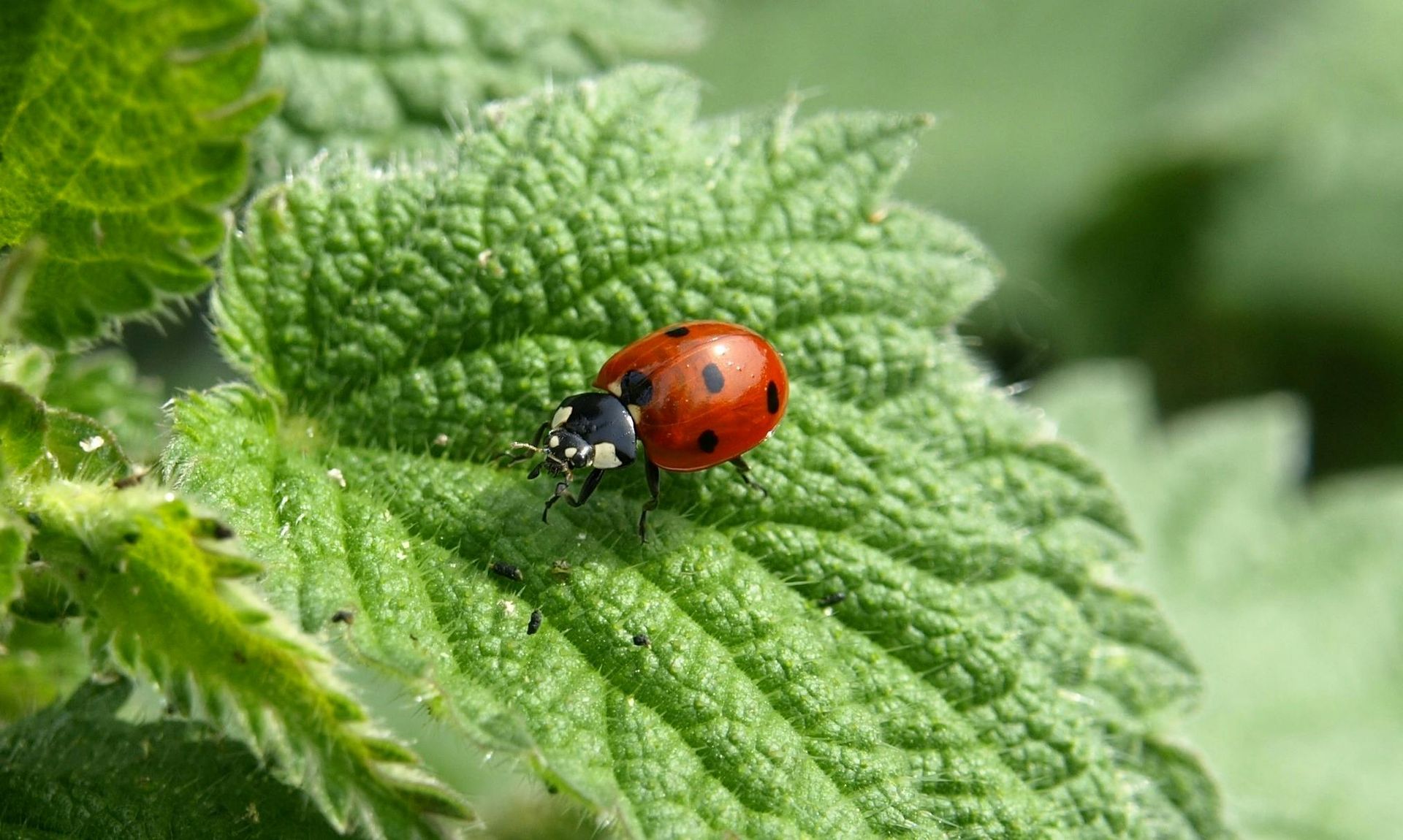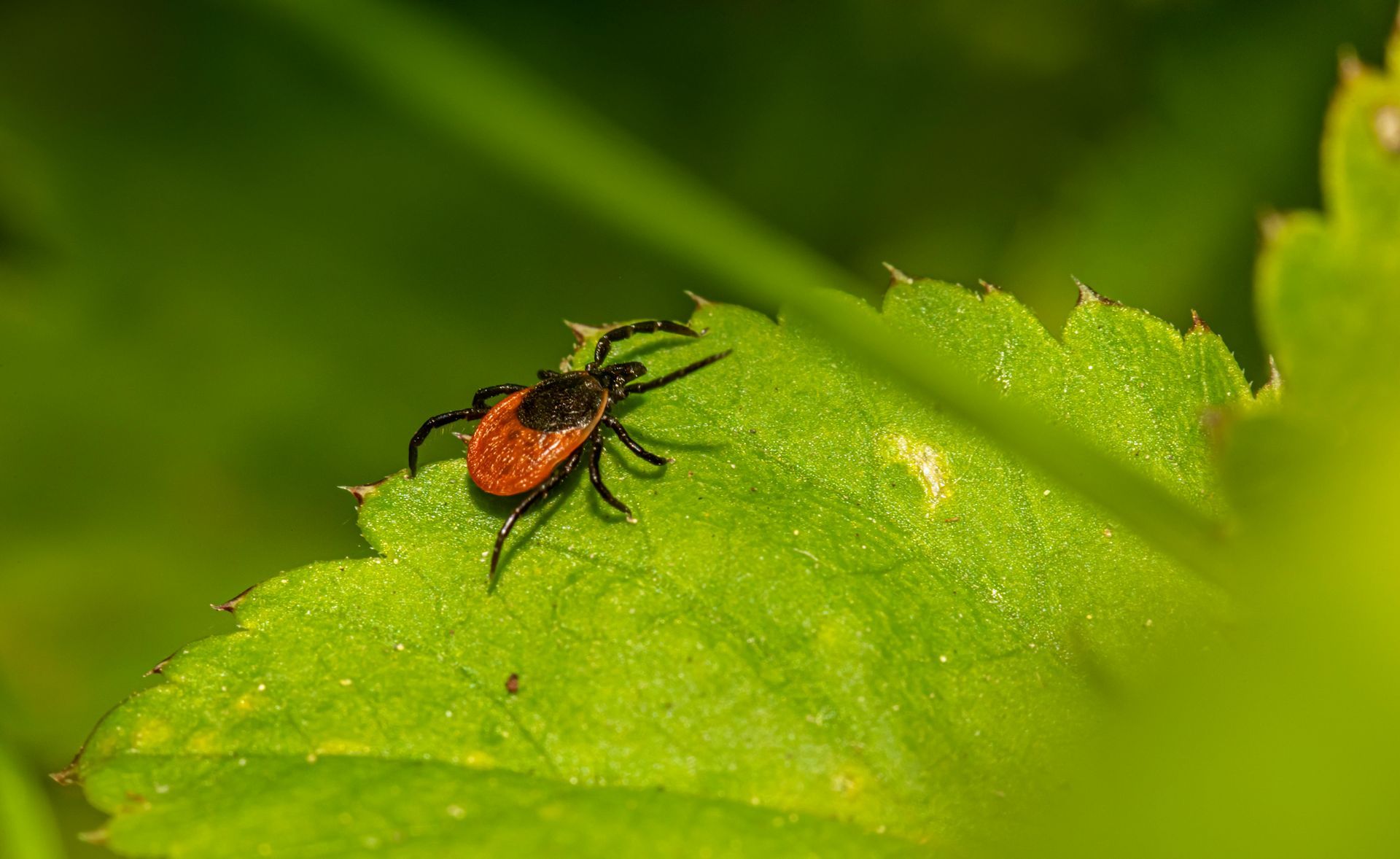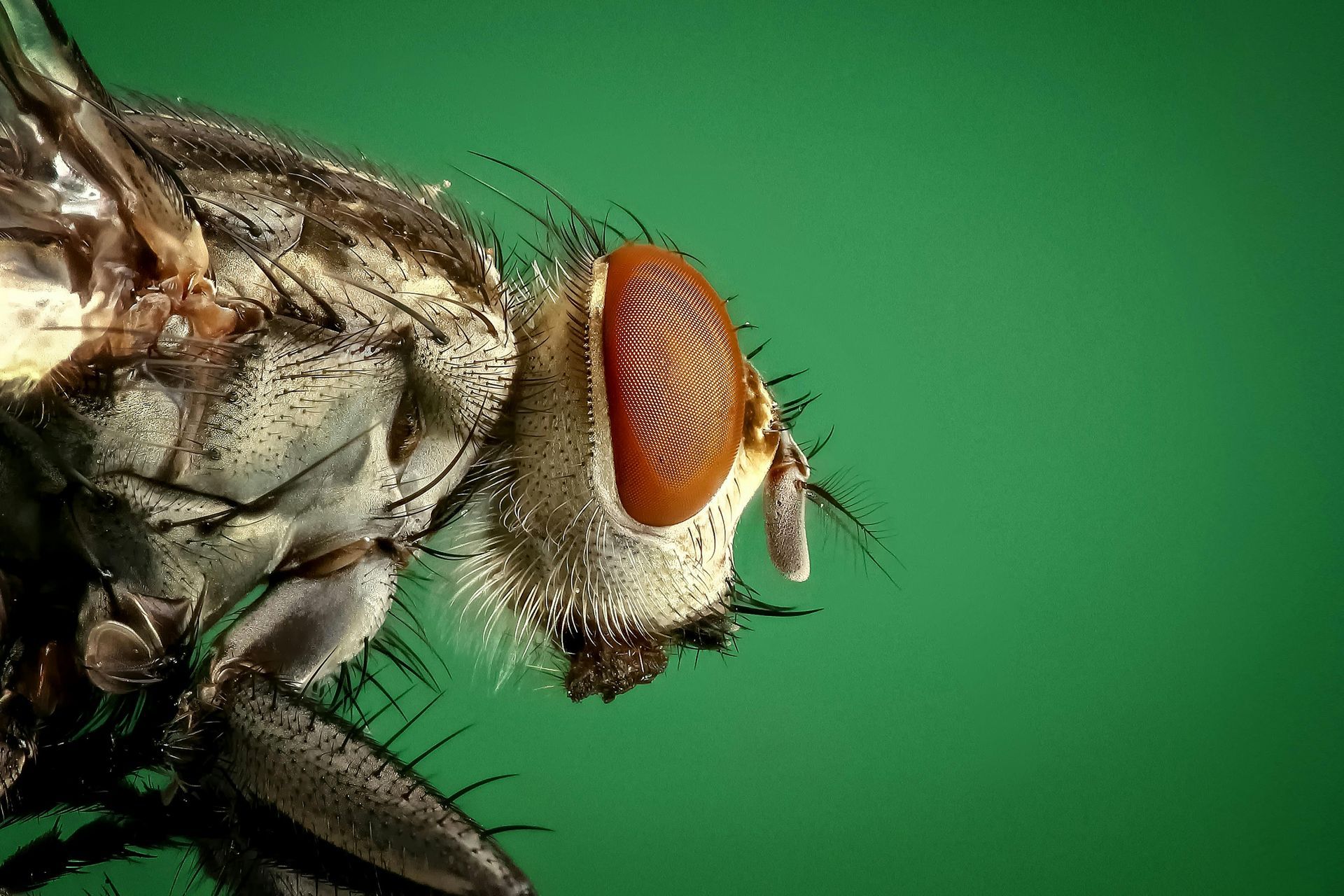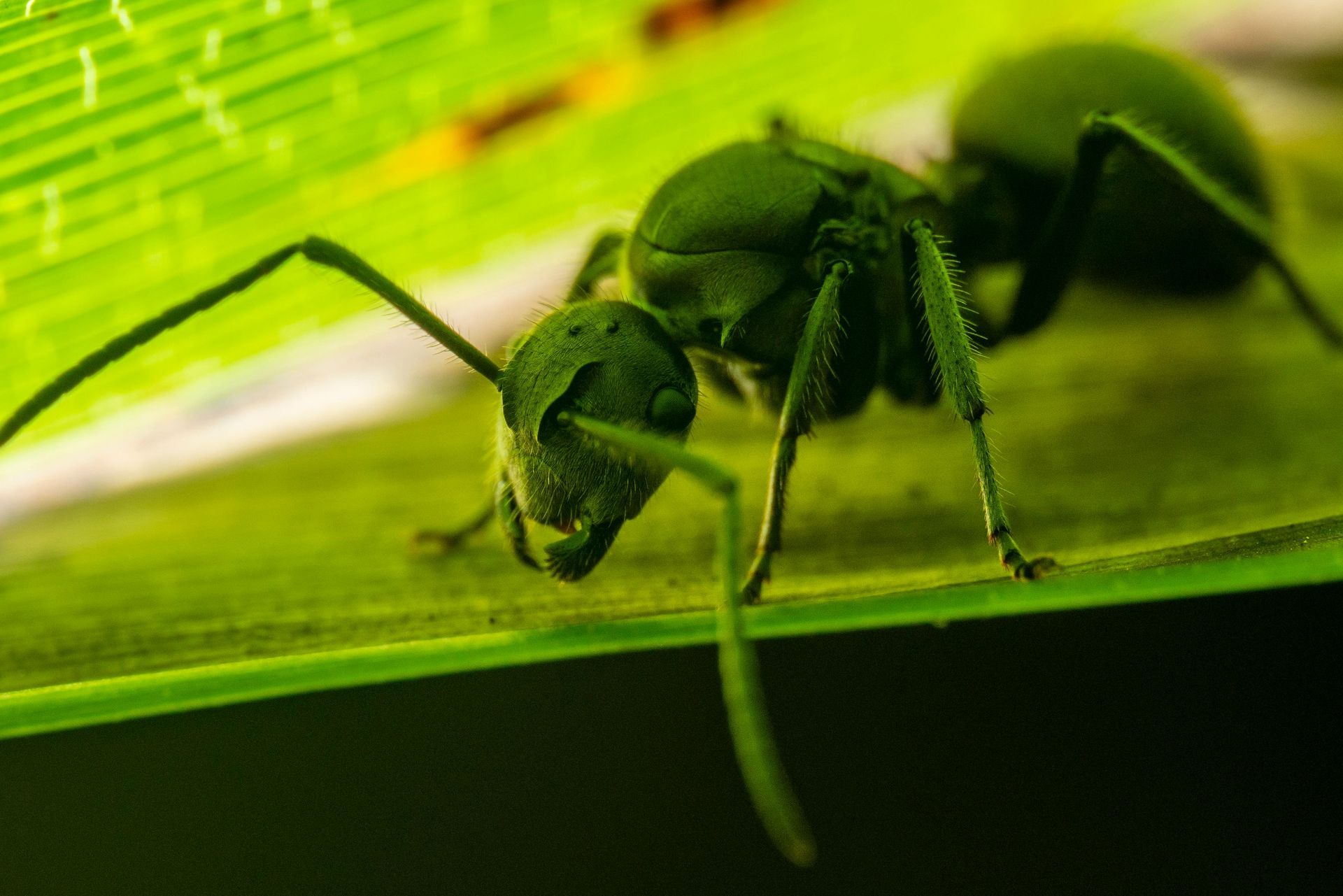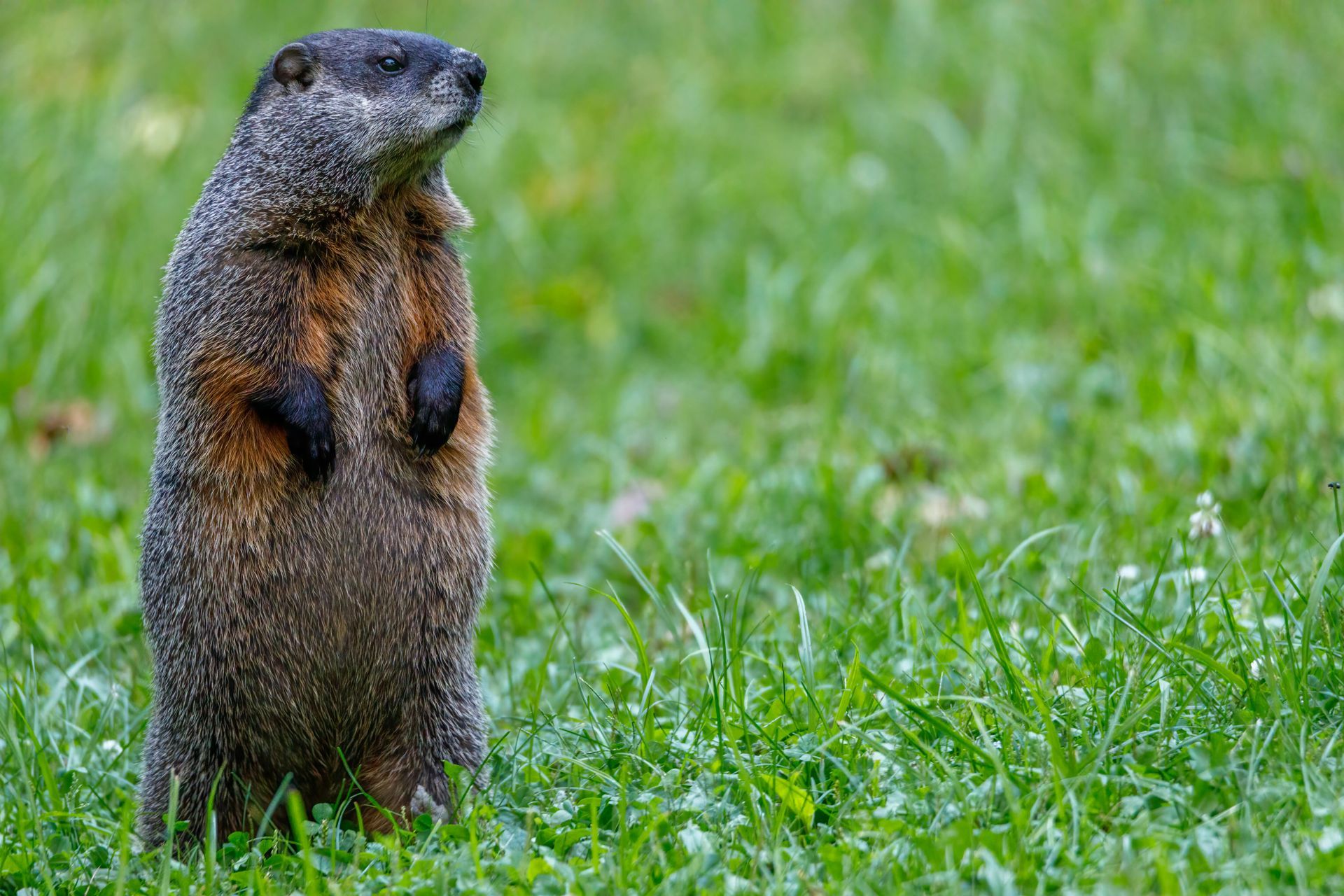Small Space Gardening Tips
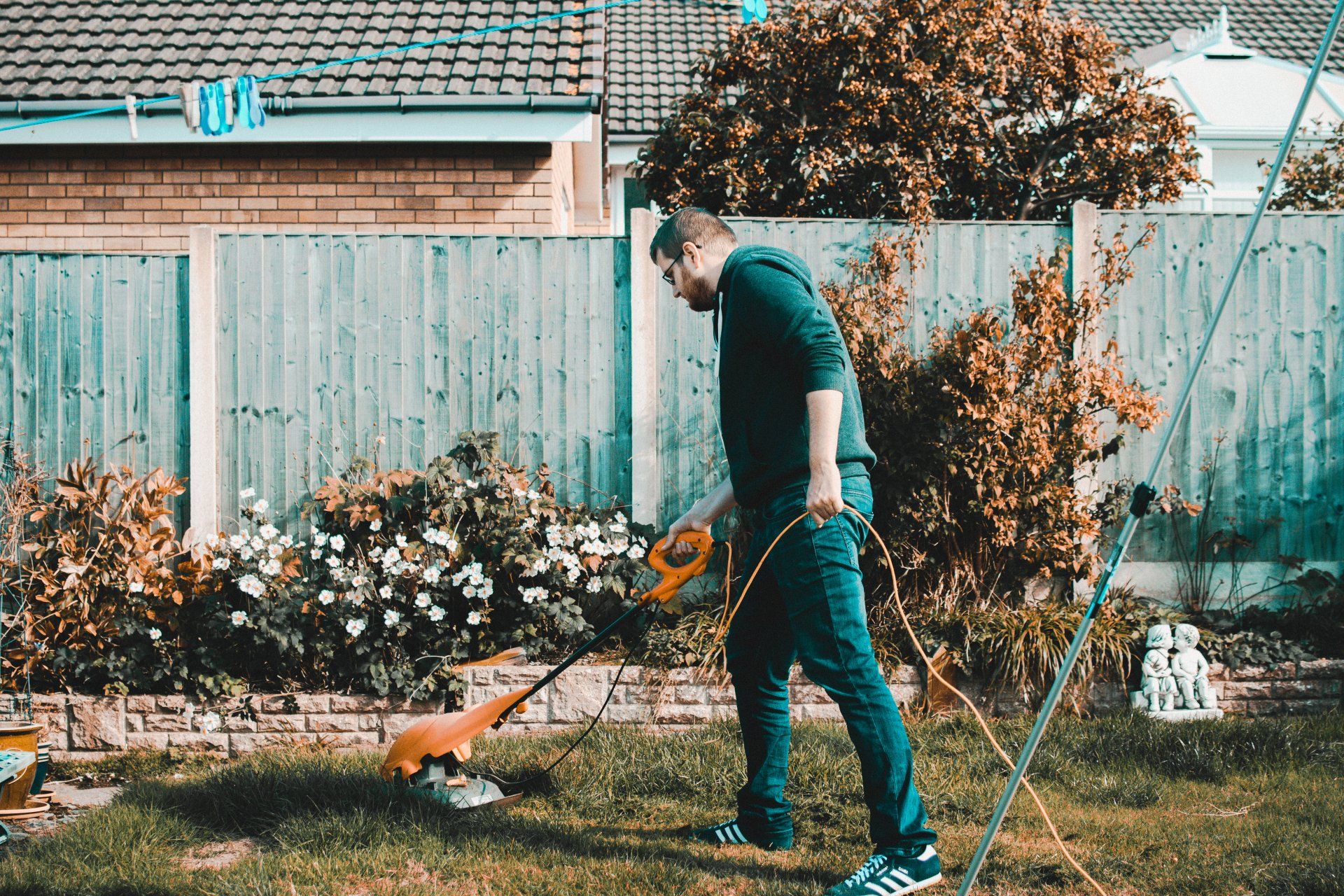
Is "yard" too generous to describe your outdoor space? No worries! Petite spaces force you to be a little more inventive, which can often result in serious style and beauty. Moreover, they're delightfully low-maintenance due to their size. These wonderful and creative gardening ideas for small spaces will help you make the most out of any garden plot.
Define Your Goal
Start by deciding what you want the space to do for you. From there, you can organize space and select plant materials that will meet your needs. As you design your small space garden, make use of all available surfaces to add color and interest. You can hang window boxes beneath the windows or grow vines on fences and walls. Finally, careful plant selection will allow you to pack layers of color and texture into even the smallest gardens.
Create Visual Depth
Cool colors (green, blue, and purple) create the illusion of depth in the garden making objects look smaller and farther away. Use cool-colored plants toward the back of the planting to add visual depth. Place warm-hued plants (red, orange and yellow) in the middle and front of a garden to make the planting move toward the viewer.
Plant texture works in a similar way. Fine-textured foliage should be used toward the back of the planting to create depth. Coarse-textured plants are bold and visually dominant. Use coarse-textured plants sparingly near the center or front of the planting.
Pick a One-Color Scheme
Yes, it's wonderful to plant a wide range of flowers in a small garden, but if you want to make your tiny space feel sleekly designed, less chaotic and calmer, you should choose a one-color planting scheme.
Just as we tend to keep small rooms inside our homes minimally furnished and to a limited color scheme if we want them to feel larger, we can apply this to our small garden ideas to enhance them.
Go Big With Variety
Planting only small plants will emphasize the space of a small garden. So choose a range of sizes to create shape and variety. When planting shrubs, select larger specimens but don't go for very dense varieties as these will look like they take up more space than they do. In the case of trees, choose multi-stem ones which appear lighter, as you can see through the stems to the rest of the garden.
Use Walls and Fences for Climbers
Use walls and fences for climbing plants that provide shade and create a lovely sense of enclosure. They're good at absorbing noise and pollution too. This way, you can create interest and height with textures, colors and form. For example, the evergreen Star jasmine can add interest and greenery to your space, and won’t take up too much space.
Think Vertically
Taking what you can off the ground will save precious outdoor square footage - be it lawn or patio. You can affix a slim shelving unit on a wall or a strong fence. On these shelves, you can display potted plants, keep smaller garden accessories, and set your drink or hold your hat.
Protect Your Garden From Critters
It can be exceedingly frustrating when animals nibble on your plants or dig around and make a mess. Though there are many ways to keep animals out of the garden, some options may harm local wildlife. Utilize Shake-Aways to drive pests out of your garden without hurting or killing them.
Critter Repellent All Natural Animal Repellent Blog
